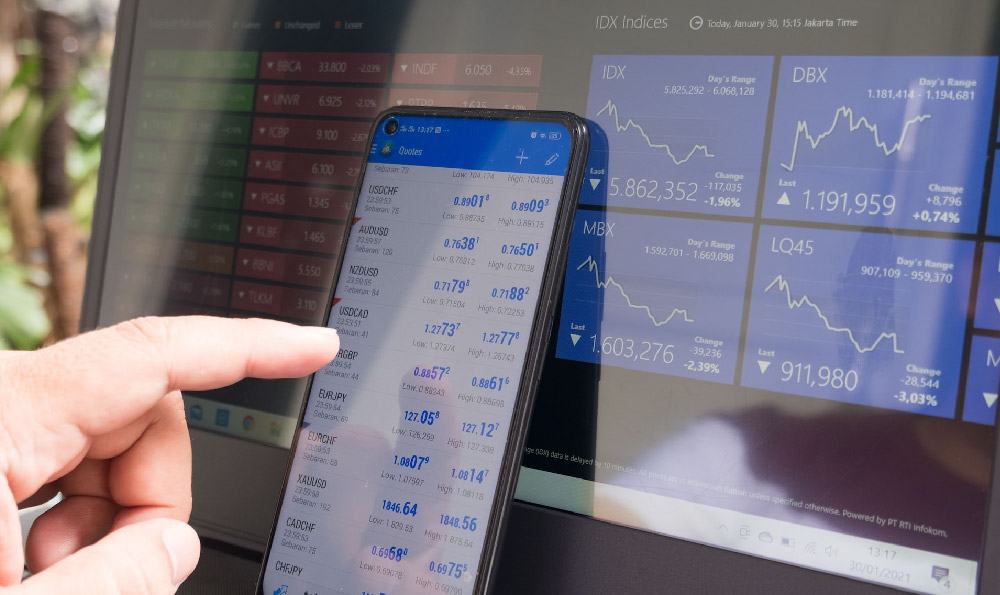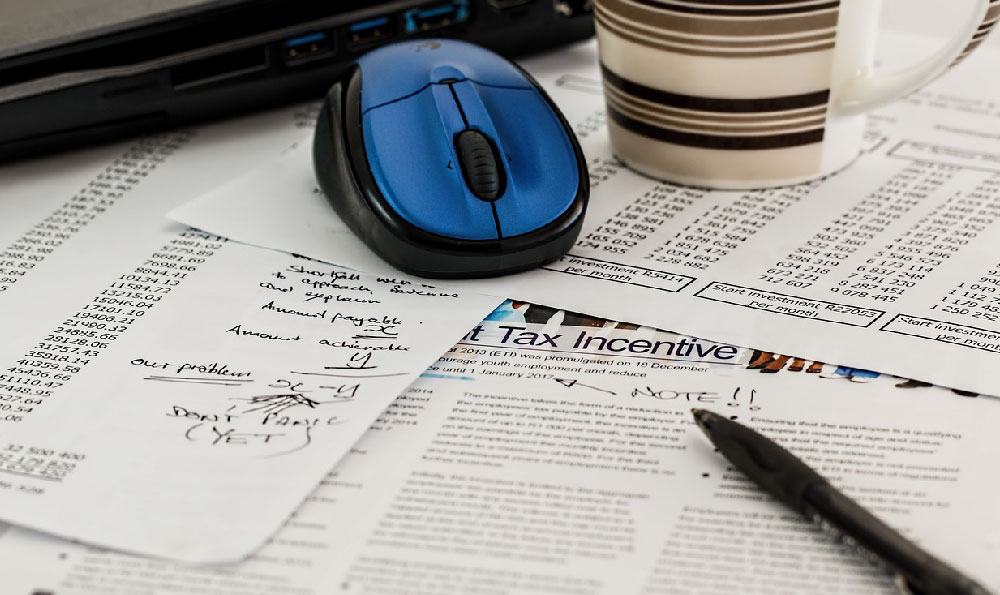
Driving for Uber can seem like a simple way to earn extra income, but maximizing profits requires a strategic approach. It's not just about clocking in hours behind the wheel; it’s about understanding the dynamics of the Uber platform, optimizing your costs, and leveraging opportunities to boost your earnings. Let's delve into the various methods drivers can employ to increase their profitability and the potential earnings they can realistically expect.
First and foremost, understanding Uber's fare structure is crucial. Uber employs a dynamic pricing model, often referred to as "surge pricing," which fluctuates based on demand. Drivers can capitalize on this by strategically positioning themselves in areas and at times when demand is high. This typically occurs during rush hours, weekends, and special events. Monitoring the Uber driver app and analyzing historical demand patterns can help predict surge pricing locations and times. Using heatmaps showing high-demand areas is also a good strategy. It's important to note, however, that simply chasing every surge can sometimes be counterproductive. If many drivers converge on the same surge area, the surge may quickly dissipate, leaving you stuck in traffic with little reward. A more nuanced approach involves balancing surge opportunities with the proximity of potential riders and the overall driving distance.
Beyond surge pricing, drivers should also familiarize themselves with Uber's various incentive programs. These can include quest promotions, which offer bonuses for completing a certain number of trips within a specified timeframe, and consecutive trip bonuses, which reward drivers for accepting multiple back-to-back rides. Staying informed about these promotions and adjusting your driving schedule to take advantage of them can significantly increase your earnings. Uber often changes the structure and availability of these incentives, so regularly checking the driver app is essential.

Efficient vehicle management is another critical factor in maximizing profit. The cost of operating a vehicle, including fuel, maintenance, insurance, and depreciation, can eat into a driver's earnings. Minimizing these expenses is paramount. Regular maintenance, such as oil changes and tire rotations, can prevent costly repairs down the road. Fuel efficiency is also key. Driving smoothly, avoiding excessive acceleration and braking, and maintaining proper tire inflation can significantly improve fuel economy. Furthermore, consider the type of vehicle you drive. While a larger vehicle may be more comfortable for passengers, it may also consume more fuel than a smaller, more fuel-efficient car. Choosing a vehicle that balances passenger comfort with operating costs is a smart move.
Tax planning is often overlooked but can have a significant impact on a driver's net earnings. As independent contractors, Uber drivers are responsible for paying their own self-employment taxes. However, they can also deduct many business-related expenses, such as vehicle maintenance, fuel, insurance, phone expenses, and even a portion of their home internet bill if used for Uber-related tasks. Keeping detailed records of all expenses is crucial for maximizing tax deductions. Consulting with a tax professional who specializes in self-employment can provide valuable guidance and ensure that you are taking advantage of all available deductions. Utilizing mileage tracking apps is highly recommended as they automatically record work-related mileage, simplifying the tax preparation process.
Providing excellent customer service can also indirectly boost earnings. While Uber does not allow drivers to solicit tips directly, providing a clean, comfortable, and safe ride can lead to higher ratings. Higher ratings can, in turn, increase the likelihood of receiving more ride requests and potentially unlocking access to premium Uber services like Uber Black or Uber Comfort, which offer higher fares. Being courteous, professional, and attentive to passengers' needs can create a positive experience and encourage them to leave a positive review. Small touches, such as offering bottled water or phone chargers, can go a long way in enhancing the rider's experience.
Diversifying income streams can also be a viable strategy. Instead of relying solely on Uber, drivers can explore other gig economy opportunities, such as food delivery services like Uber Eats or DoorDash. Combining these platforms can provide a more consistent flow of income and allow drivers to take advantage of peak demand periods for each service. For example, a driver could focus on Uber Eats during lunchtime and then switch to Uber rides during the evening rush hour.
The actual earnings potential for Uber drivers varies widely depending on several factors, including location, time of day, the type of vehicle, and the driver's work ethic. In major metropolitan areas, drivers can potentially earn more than in smaller towns or rural areas. Similarly, drivers who are willing to work during peak hours and surge pricing periods can earn significantly more than those who only drive during off-peak times. After accounting for expenses, drivers in some markets can earn between $15 and $30 per hour on average. However, it's important to remember that this is just an estimate, and actual earnings can fluctuate significantly.
Ultimately, profiting with Uber requires a combination of strategic planning, efficient vehicle management, and a commitment to providing excellent customer service. It's not a passive income stream; it requires active engagement and a willingness to adapt to changing market conditions. By understanding the dynamics of the Uber platform and implementing the strategies outlined above, drivers can significantly increase their earnings and make the most of their time behind the wheel. Furthermore, continuous self-improvement and seeking advice from experienced drivers can provide valuable insights and help drivers optimize their performance.





